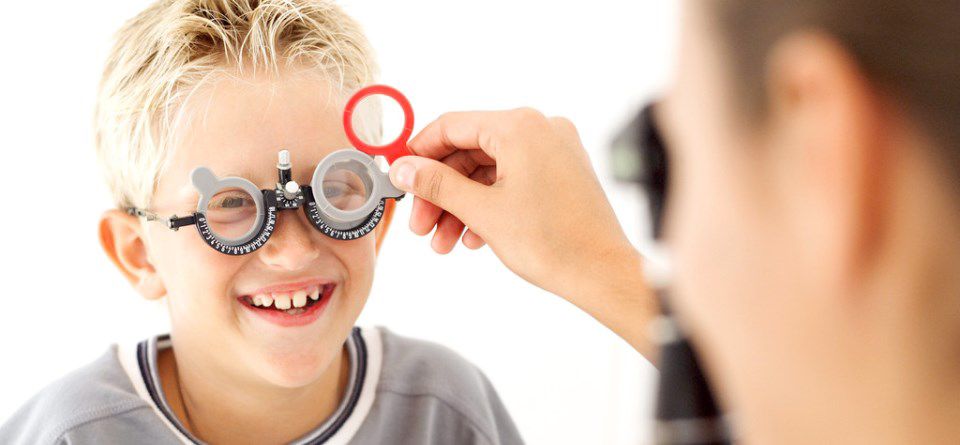
SELINSGROVE — Children experiencing problems with their vision may assume they can see just fine.
It is up to parents to “keep an eye” on changes and behaviors that may indicate a vision problem, said area optometrists.
Dr. Daniel A. Frantz, OD, has an office in Selinsgrove.
“When a child puts on his first pair of eye glasses, he is amazed,” Frantz said. “He can see that leaf on the tree. If his vision isn’t that great and he really doesn’t know any better, he is not going to know what it’s like to see this way.”
Frantz said it is a good idea to have four year-olds or younger have an eye exam before starting school. Things like lazy eye may not correct themselves if left as a problem too long. This is why parents need to watch their children closely and see if he or she squints, holds items far away or too closely. They need to see if the eyes seem to turn slightly one direction.
Dr. G. William Orren, optometrist for Orren Eyecare in Northumberland, said even if children pass their school vision screening, there may still be a vision problem that goes unnoticed.
“Even if they see 20/20 they could have uncorrected far sightedness or near sightedness,” Orren said.
What’s in a screening?
Vision screenings often involve recognizing colors and seeing letters on a chart. Similar screenings are conducted in pediatrician offices.
Parents may think their preschool children are too young for vision screenings because the children cannot recognize letters. Frantz said objective testing can be used in which something other than letters can be used.
At an optometrist office, however, a more detailed exam is conducted with the use of a special microscope.
“The main thing is to make sure the retina is healthy,” Frantz said, “We are able to look at the fine structure of the cornea.”
Orren said he often dilates the eyes of young patients to get a better look at how the eyes are functioning.
This helps recognize other pathologic problems which may include an eye that is turning, glaucoma, pink eye and dry eye problems.
Corrective measures
Glasses may not always be necessary, Orren said, and vision training therapy such as a temporary eye patch may help with lazy eye. Other therapy includes using computerized technology to train the eyes, Orren said.
“The goal is that we want each eye to see the same,” Orren said.
Lazy eye, for example, occurs when the brain and the eye are not working together, Frantz said.
“We try to identify what is causing it,” Frantz said, “Is it caused because you are late in development or is there a physical or neurological issue holding you back?”
Lazy eye is not noticed right away, Frantz said, because it may not be obvious the eye is turning. This is why an eye exam is necessary to find it early and get it corrected before the brain trains itself to consistently turn permanently. Children are often referred to an ophthalmologist for further help with the problem.
Signs of sight issues
Parents often feel badly, Frantz said, because they missed the signs of a vision problem. And this is normal, he said.
Signs there may be a vision problem other than squinting may include closing one eye to focus on an object, avoiding homework, and slipping grades, Orren said.
Frantz said he was that little boy who was struggling in school at one point.
“The most common problem is a reflective error,” Frantz said, “And the child can’t see the board because of near sightedness/far sightedness.”
Frantz said when he was in first grade he was known to fidget in his seat and had problems being still.
“The teacher thought I had ADD (Attention Deficit Disorder),” Frantz said, but an eye exam revealed he needed glasses. This story about his childhood helps him relate to other young people who come into his office, he said.
Other indicators
Headaches, Orren said, are also a possible sign if the child is straining too much to see.
Rubbing the eyes may indicate seasonal allergy issues. Allergy medicines may help, Frantz said, but most of these medications often dry out the eyes. Cold compresses and artificial tears are safe for soothing irritated eyes due to allergies.
“Stay away from drops that say ‘get the red out,’” Frantz said, “These crunch the vessels down and then the redness comes back with a vengeance making them redder than before.”
Routine eye exams are key.
Frantz said the American Optometric Association suggests a first eye exam as young as six months old and follow ups at age three years, five years and every year after that.
[“source=dailyitem”]
